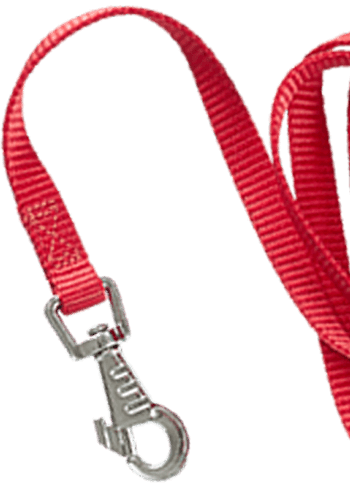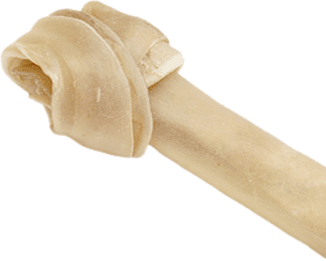


Plants can add beauty to your home and garden, but if you share your space with a dog—especially an inquisitive breed like a White Lab or English Cream Golden—it’s important to know which plants are safe and which could be dangerous. Some plants offer benefits, like aiding digestion or repelling pests, while others can cause mild stomach upset or even life-threatening reactions. Whether you already have plants in your home or are considering adding some, knowing what’s safe and how to protect your dog from toxic plants is essential.
Some plants not only pose no harm but can actually provide benefits for your White Lab or English Cream Golden. Certain herbs and greens can aid digestion, freshen breath, and even offer mild calming effects. For example, parsley can naturally improve breath, while chamomile has soothing properties that may help with anxiety. Adding safe greens like wheatgrass or dandelion leaves to your dog’s diet can also provide essential nutrients and support digestion.
Herbs like parsley, basil, and rosemary are safe for dogs and can help freshen breath and aid digestion. Chamomile is known for its calming properties, which can be helpful for anxious dogs. If you’re looking for an easy way to add beneficial greens to your dog’s diet, wheatgrass is a great option that supports digestion.
Many leafy greens, such as kale and spinach, are packed with vitamins that can benefit your dog in small amounts. While they shouldn’t replace a balanced diet, adding some dog-safe greens to your pet’s meals can provide additional nutrients. Just be mindful of the quantity you are feeding. A good rule of thumb is keeping treats and extras to 20% or less of your dog’s total daily food intake.
If you want to keep bugs away without using harsh chemicals, plants like lavender and rosemary are great options. They naturally repel mosquitoes and fleas while being completely safe for your dog. Many dog owners find that keeping these plants around their yard helps reduce pests!
Unfortunately, many common household and garden plants can be harmful to dogs. Even a well-trained White Lab or English Cream Golden might chew on something they shouldn’t, so prevention is key. Researching which plants are toxic and keeping them out of reach can help prevent accidental ingestion. If you already have toxic plants in your home or yard, consider placing them in areas your dog cannot access or using barriers to keep them away. Being proactive can help keep your dog safe and prevent emergency vet visits.
Some of the most popular houseplants, such as pothos, philodendron, and peace lilies, are toxic to dogs. These plants can cause mouth irritation, drooling, and digestive issues if chewed. If you have any of these in your home, keep them on high shelves or in rooms your dog can’t access.
Many outdoor plants, such as azaleas, rhododendrons, and sago palms, are highly toxic. Even small amounts of sago palm can be deadly to dogs, causing liver failure. Tulips and daffodils, often planted in gardens, can also be harmful if eaten. If you have these plants in your yard, consider fencing them off or training your dog to avoid them.
If you love plants but want to keep your dog safe, consider using hanging planters, raised garden beds, or placing toxic plants behind barriers. Artificial plants can also be an option if you want greenery without the risk. Keeping an eye on your dog when they’re outside and training them not to chew on plants can also help prevent accidental ingestion.
Even with precautions, accidents can happen. If your White Lab or English Cream Golden ingests a toxic plant, acting quickly can make all the difference. Identify the plant if possible and check for symptoms like vomiting, drooling, or lethargy. Contact your veterinarian or an emergency pet poison hotline immediately for guidance. Avoid trying home remedies unless directed by a professional, as some treatments can make things worse. Having a plan in place can help you stay calm and ensure your dog gets the care they need.
Symptoms of plant poisoning can vary depending on what your dog ate, but common signs include vomiting, diarrhea, excessive drooling, lethargy, and difficulty breathing. Some toxic plants can cause neurological symptoms like tremors or seizures. If you notice any of these signs, take them seriously.
If you suspect your dog has eaten a toxic plant, remove any plant material from their mouth and check for signs of irritation. Call your veterinarian or a pet poison control hotline immediately. If possible, identify the plant or take a picture to help your vet determine the best course of action. Do not try to induce vomiting unless specifically instructed by a professional.
If your dog shows severe symptoms such as trouble breathing, unresponsiveness, or persistent vomiting, seek emergency veterinary care immediately. Even if symptoms seem mild, it’s always best to consult your vet to ensure your dog’s safety. Some toxic plants can cause delayed reactions, so monitoring your dog for the next 24 hours is important.
Being aware of which plants are safe and which are dangerous can help you create a home that is both beautiful and safe for your dog. Whether you’re adding greenery indoors or planting a garden, choosing pet-friendly plants will give you peace of mind. If you already have toxic plants, take steps to keep them out of reach, and always be prepared to act quickly if your White Lab or English Cream Golden encounters something harmful. By staying informed and proactive, you can enjoy your plants while keeping your four-legged friend safe and healthy.
Are you thinking about getting a White Lab puppy? Come visit Snowy Pines White Labs at our Ozark home or view our puppy live stream to see healthy dogs in action.